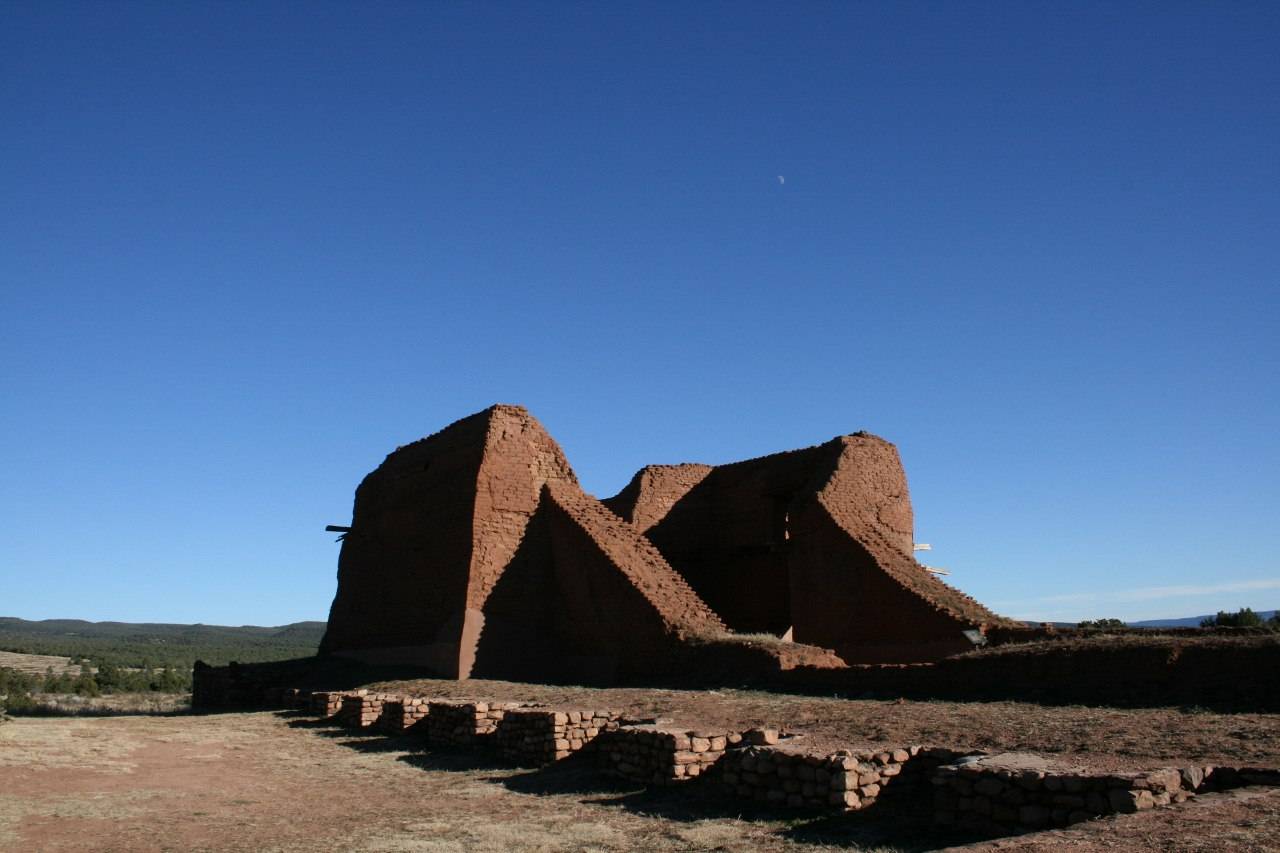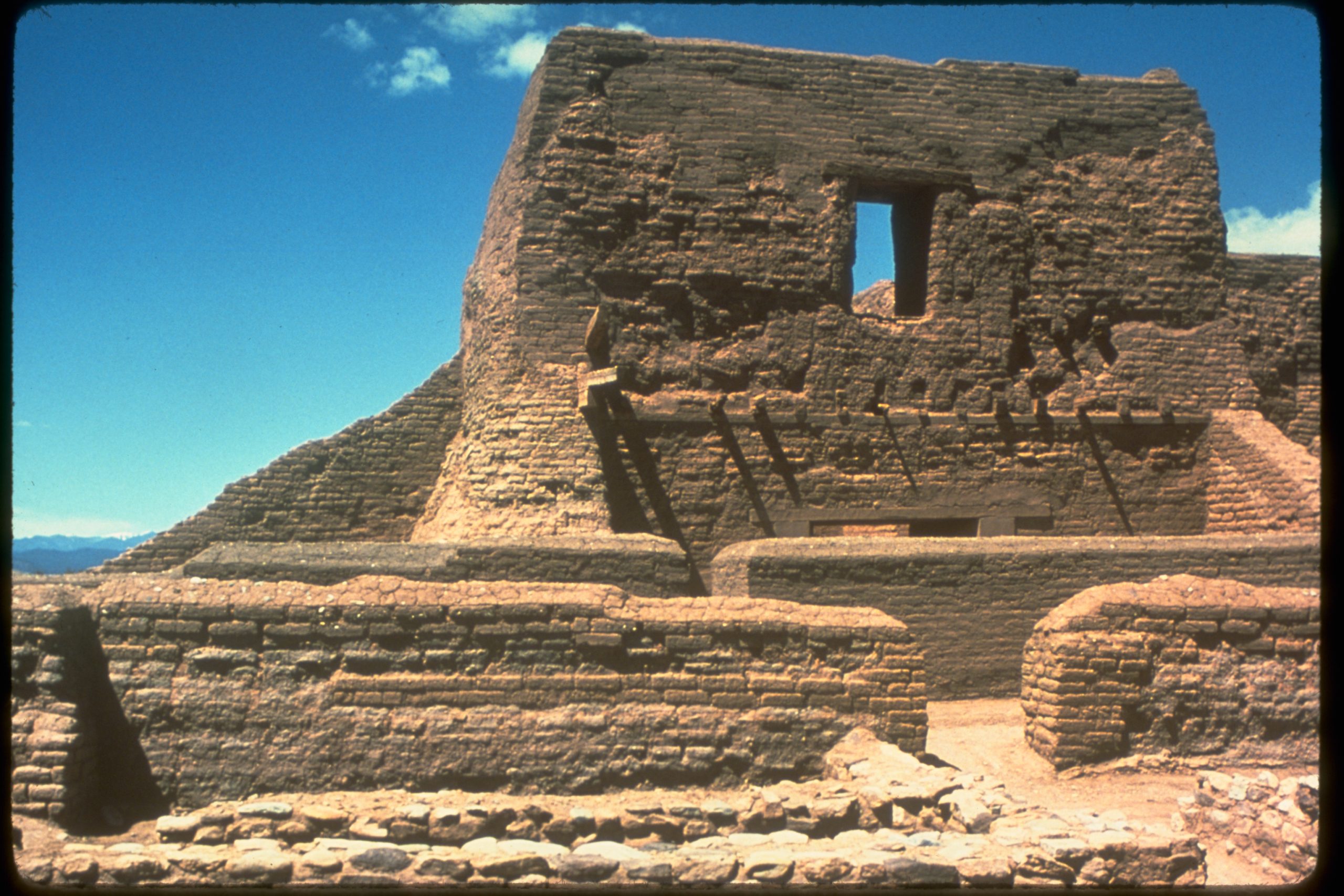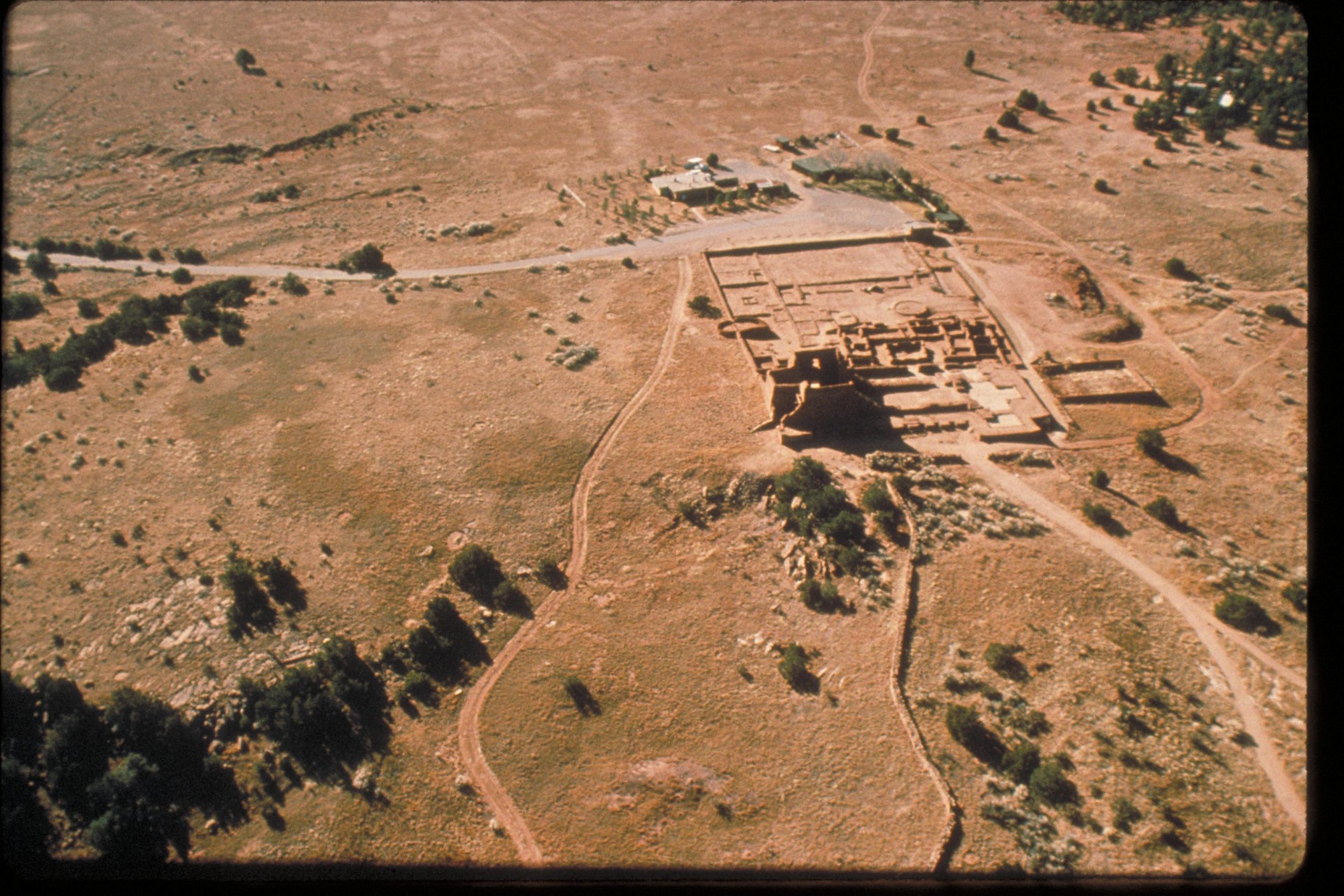Pecos National Historical Park: A Comprehensive Overview
Pecos National Historical Park, located in San Miguel County, New Mexico, serves as a testament to the rich tapestry of American history, spanning from prehistoric times through the 19th century. Managed by the National Park Service, this expansive park covers a diverse landscape that includes archaeological ruins, historic ranches, and a significant Civil War battlefield. Among its notable features, Pecos Pueblo, also known as Cicuye Pueblo, stands out as a pivotal Native American community that was eventually abandoned.
Get your dose of History via Email
Historical Significance and Features
The park’s primary unit is situated approximately 17 miles east of Santa Fe, near the town of Pecos. It is here that the ruins of Pecos Pueblo, historically referred to as Cicuye, reveal the remnants of a once-thriving village. Archaeological evidence suggests that the initial settlement dates back to around AD 1100, during the Pueblo II Era, eventually evolving into a substantial community housing over 2,000 individuals by the Pueblo IV Era.

The inhabitants of Cicuye/Pecos Pueblo were speakers of the Towa language and were known for their intricate architecture, artistic crafts, and complex religious practices. The pueblo was a major trade hub, facilitating exchanges between the Puebloan peoples and the Plains cultures, such as the Comanche. However, by 1838, the last residents of Pecos Pueblo relocated to Jemez Pueblo, marking the end of an era for this historic site.
Spanish Mission
Another significant aspect of the park is the remains of Mission Nuestra Señora de los Ángeles de Porciúncula de los Pecos, established in the early 17th century. This Spanish mission, located near the pueblo, underscores the interactions between the Native American inhabitants and the Spanish colonizers. The mission’s history is marked by periods of conflict and cooperation, notably during the Pueblo Revolt of 1680 and the subsequent re-establishment of Spanish presence in 1692.

Forked Lightning Ranch
The park also encompasses Forked Lightning Ranch, a testament to the 20th-century history of the region. Initially established as a cattle ranch in the 1920s, it later transformed into a dude ranch before becoming part of the national park. This site illustrates the evolving economic and social landscapes of New Mexico.
Old Santa Fe Trail and Glorieta Pass Battlefield
The historic Santa Fe Trail, a crucial route for 19th-century expansion into the American Southwest, runs through the park. The Battle of Glorieta Pass, a pivotal Civil War engagement, took place along this trail, further highlighting the strategic importance of the area.

Administrative History and Climate
Originally preserved as a state monument in 1935, the site was designated as Pecos National Monument in 1965 and later expanded and renamed Pecos National Historical Park in 1990. The park’s climate, classified as oceanic according to the Köppen Climate Classification system, has witnessed extreme temperatures, reflecting the environmental challenges faced by its historical inhabitants.
Conclusion
Pecos National Historical Park offers a unique window into the multifaceted history of the American Southwest. From its prehistoric settlements and Spanish missions to its role in the Civil War, the park preserves an invaluable record of human endeavor and resilience.
Sources:
Wikipedia

